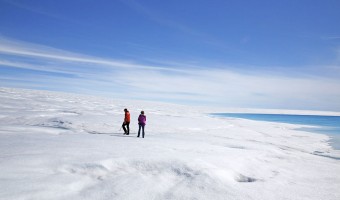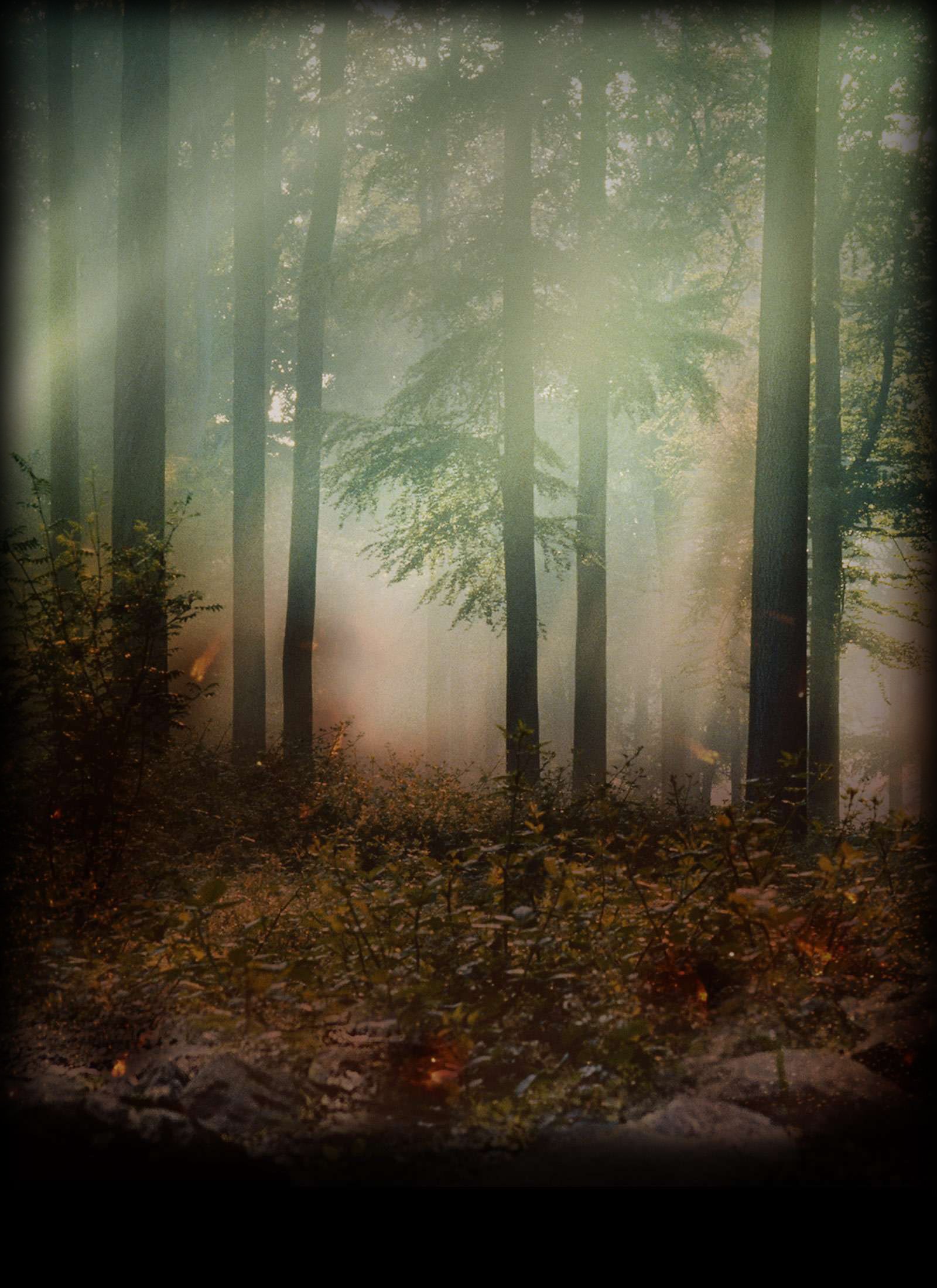
LESSON SUMMARY
Students will use the stories in episode four to better understand the long term impacts of our energy choices especially its impacts on the Arctic—an Arctic like has never been seen before.
LEARNING OBJECTIVES
- Students will gather evidence using NASA satellite data to draw conclusions.
- Students will analyze and compare data sets to evaluate seasonal and geographic as well as long term trends.
- Students will understand the connection between snow-ice cover and trends in albedo.
TEACHER BACKGROUND
Earth’s albedo is the fraction of incoming radiation (sunlight) that is reflected into space. The Earth has an average albedo, which describes how much sunlight is reflected on average for the whole planet and the whole year. That value is about 0.3. The Earth also has a local albedo, which determines how much of the Sun’s light is reflected from a particular place at a particular time. The local albedo depends on the particular local surface, which can change seasonally as vegetation changes. It also depends on more rapidly changing things such as snow and clouds.
For reference, the values of albedo range from 0.0 to 1.0, where a value of 0.0 is for a surface that absorbs all radiation (reflects 0 percent) that strikes its surface, and a value of 1.0 represents a surface that reflects 100 percent of the radiation that strikes it.
- Fresh snow has an albedo ranging from 0.75 to 0.90.
- Dry dark soil has an albedo of approximately 0.13.
- Open ocean has an albedo of approximately 0.10.
How fast the planet warms in response to adding greenhouse gases to the atmosphere depends in part on climate feedbacks. These natural processes can amplify/hasten the warming (a positive climate feedback) or counteract some warming (a negative climate feedback). How snow and ice respond to warming and the resultant impact on surface albedo is an important positive climate feedback. As the climate warms, snow and ice melt, the earth’s surface becomes less reflective (especially if sea ice melts, revealing open ocean, which is very dark), more solar energy is absorbed by the earth’s surface rather than being reflected back to space, causing the temperature to increase and the cycle to continue.
Lesson Videos
Lessons
Stories HS-4: Under the Ice & Preacher’s Daughter
In “Under the Ice,” correspondent Lesley Stahl goes to Greenland to investigate climate change and Arctic drilling. In “Preacher’s Daughter,” correspondent Ian Somerhalder listens in on both sides of the evangelical community’s debate over climate change.
Materials HS-4

For this lesson, students will need their science notebooks and one-to-one or paired use of a computer with Internet access. Please provide students with the following materials: Visual: Earth’s Energy Budget; Maps: ISCCP Satellite – Monthly Snow/Ice Amount and Monthly Snow/Ice Amount – Change Over Time data sheet; Assignment: Scientific Article Summary.
Vocabulary HS-4

albedo, anomaly, climate, climate change, correlation, energy budget, emissions, evidence, flux, greenhouse gases, impact, qualitative data, quantitative data, total all-sky net flux, trend line
Prerequisite Knowledge HS-4

Have students take the Pre-Quiz. This will allow you to see the knowledge your students have prior to watching episode 4.
Engage HS-4
Length: 30 minutes

Students need a basic understanding of Earth’s energy budget, basically understanding that the amount of energy coming into our atmosphere must equal the amount of energy exiting our atmosphere. Make sure students utilize their science notebook when communicating about the topic, making observations, and brainstorming.
Explore HS-4
Length: 30 minutes

Watch episode 4. As students watch each segment have them stop and answer each of the questions below in their science notebook. At the conclusion of all segments, encourage students to add to or modify their thinking.
Explain HS-4
Length: 75 minutes

Dr. Marco Tedesco did a nice job explaining albedo and how global warming is causing significant changes to the climate in the arctic. Now we are going to take a closer look at the explanation and science behind albedo.
Elaborate HS-4

Allow students to choose one of the following articles to read. Provide students with the directions for diving deeper into their reading and the rubric.
Evaluate HS-4

The interactive online quiz provides instant feedback about your knowledge of this subject. The justified true/false questions are meant for use in the classrooms.
Taking Action and Designing Solutions HS-4

Taking actions and/or designing solutions to our local, national, and global problems are a personal journey. Via Facebook and Twitter (#YEARSproject), share how you are taking action to combat climate change or if you’ve designed potential solutions share those on Instagram or make a Vine.
Writer’s Corner HS-4

Without language there is no science. To be practicing scientists and derive new knowledge, we need language – reading, writing, talking, listening, enacting, and visualizing. Writing is one way to communicate understanding of our learning while allowing us to be creative in our delivery and provide insight and possible solutions to problems.
Agents of Change HS-4

Heidi Cullen is Chief Climatologist for Climate Central, Visiting Lecturer at Princeton University and a Senior Research Fellow at the Wharton Risk Management and Decision Processes Center at the University of Pennsylvania.
Careers HS-4

Inspired by Episode 4? Thinking about your future? You have the power to make a difference today and in the future. Look into careers inspired by the issues presented in Episode 4: Ice and Brimstone.
Resources and Links HS-4

Department of Labor Statistics. http://www.bls.gov/ooh/home.htm Earth’s Energy Budget. http://science-edu.larc.nasa.gov/energy_budget/ Eco Canada: Environmental Careers Organization. http://www.eco.ca/occupationalprofiles/profiles/glaciologist/25/ EPA: Coal. http://www.epa.gov/cleanenergy/energy-and-you/affect/coal.html Facts About Niagara Falls. http://www.niagarafallslive.com/facts_about_niagara_falls.htm My NASA Data – Live Access Server – Climate Change. http://mynasadata.larc.nasa.gov/live-access-server/ National Snow & Ice Data Center. http://nsidc.org/ Niagara Falls Geology Facts & Figures. http://www.niagaraparks.com/about-niagara-falls/geology-facts-figures.html PBS LearningMedia – Earth’s Albedo and Global […]
Standards HS-4

Download the standards tables for High School Lesson 4: NGSS, CCSS, and NCSS. You can also read the different standards applicable to High School Lesson 4 here.
PDF Lesson Plan HS-4

Download a printable PDF lesson plan.

